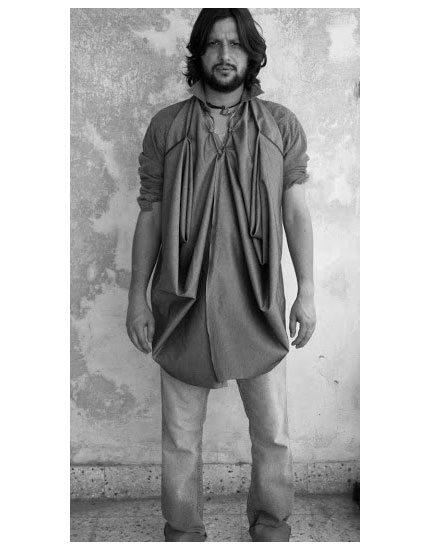
He came across this project by chance…
It all started when Anuj spotted a man whose clothes weren’t well buttoned. This got him thinking – what if he worked with lots of buttons and used a simple grid system, where the buttons were stitched on a fabric at a distance of two inches. The separate fabric straps had buttonholes at the same distance as the buttons. The straps were then used to drape the fabric into garments. And his collection earned him rave reviews when he showcased it at Lakmé Fashion Week.
Pictured above: Designer Anuj Sharma
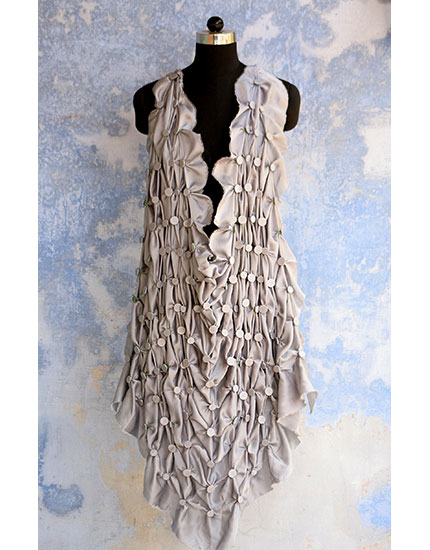
He took it a step further…
Anuj experimented further and came up with a new version – He replaced the buttonholes with rubber bands and found that instead of stitching, if you inserted buttons into the fabric and fixed them in place with the rubber bands, you don’t need any other machines or tools to create these ensembles – just your hands! “Button Masala is a simple joinery system designed for clothing, which is similar to the tie-and-dye technique,” he says.
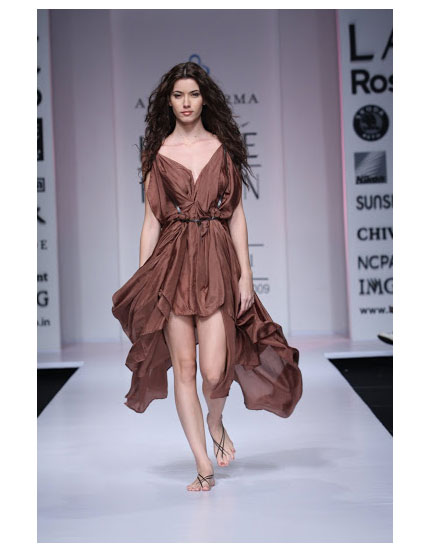
It’s pretty unique…
“Absolutely nothing goes to waste – you can reuse your buttons and rubber bands and make something out of even the smallest bit of fabric,” he says. What’s more, it’s possible to open the whole garment and restructure it according to need and size. There’s no cutting, no measurements involved.
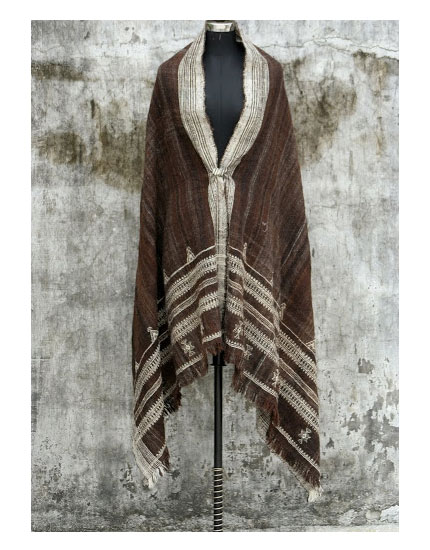
One size fits all…
“It’s all about drapes so these clothes can be tailored to fit anybody and whether you put on or lose weight, it’s easy to open it out and redo it. You could also remove the buttons and rubber bands at any time and have the fabric back in the same state. You don’t have to throw them away,” he explains.
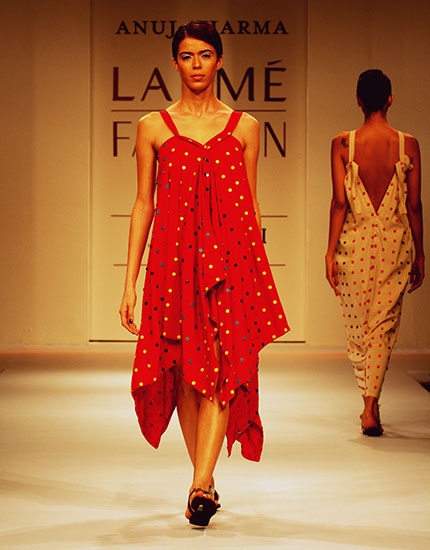
It’s sustainable as well…
Given that there’s no electricity or machines involved, this system is one of the most sustainable ones you can find. “There’s no wastage of energy – and I use local fabrics and materials that are easily available,” he says.
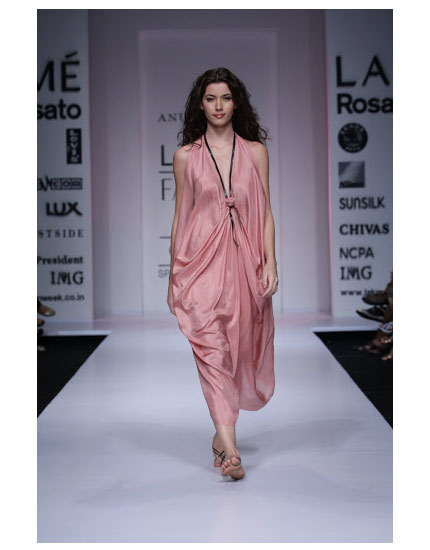
It comes down to simplifying life…
“It’s all about simplifying design to make life easier for yourself. I love designing but I don’t want to spend every minute of my day doing this. I want to make the design process freer and more fluid,” he asserts.
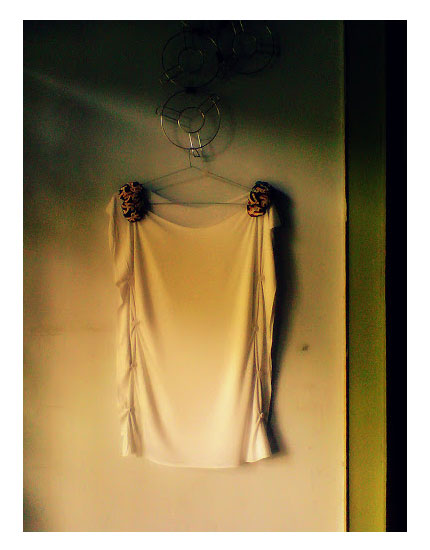
He can teach you the process in an hour…
Anuj has held workshops and in the last four years, has taught this technique to over 5000 people all over the world and across the globe, he has been asked to be on the faculty of several design schools and has also spoken at a TEDx event. He says that on an average, it takes him an hour to teach people at his workshops and in this time, he has people make garments that they can actually walk out wearing. Of course, he can do the same in much less time – give him 10 minutes, and he will surprise you with what he can churn out!

It’s the cheapest production system…
“With this system, I don’t need dozens of tailors and given that I use all local supplies, my output is superb. I can deliver orders in a day, making this the cheapest, fastest and most sustainable system out there. I produce garments at 1/4th of the normal cost it otherwise takes to make clothes. In 10 years, I see this becoming as big as sewing in the world,” he enthuses.
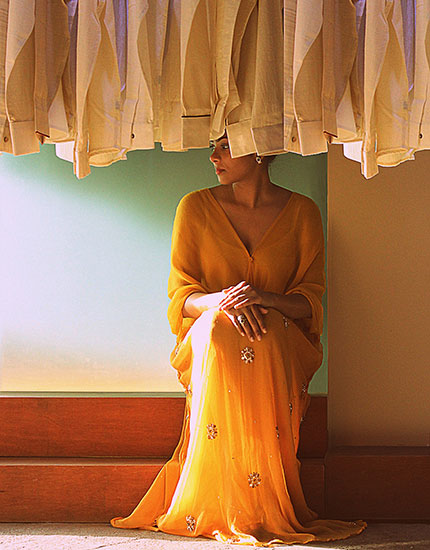
The response has been brilliant…
“People have loved it. I get students sending me images of what they’ve created and I am thrilled when I see people using this method to do various things – from restyling loose trousers by adding buttons to tightening shirts in the same way,” he says.
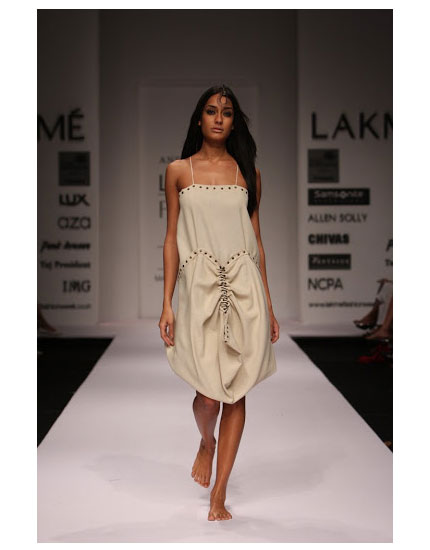
But it takes time to get people to try it…
Anuj says that sometimes it’s hard to get people to try the method out. “Not everyone can fathom the idea of not using needles and thread. I find, that on the whole, kids are more receptive to learning anything new,” he reveals.
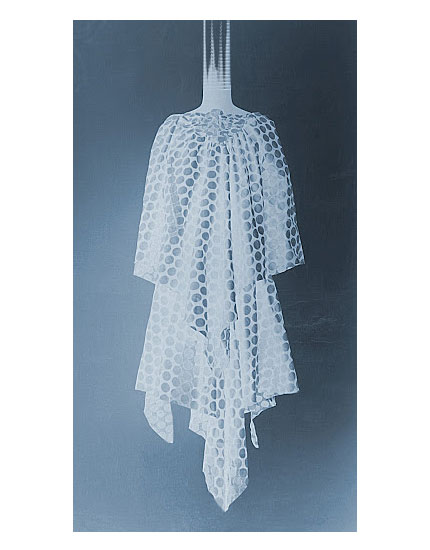
What irks him the most…
“I want people to use this method and I have seen how some of them actually take it up as a business and earn from it. Nothing makes me happier than seeing my idea spread like this. I often go and teach it in design schools or workshops but when I leave, the students are told they cannot use this as it would be copying me! This isn’t what I want at all,” Anuj insists.
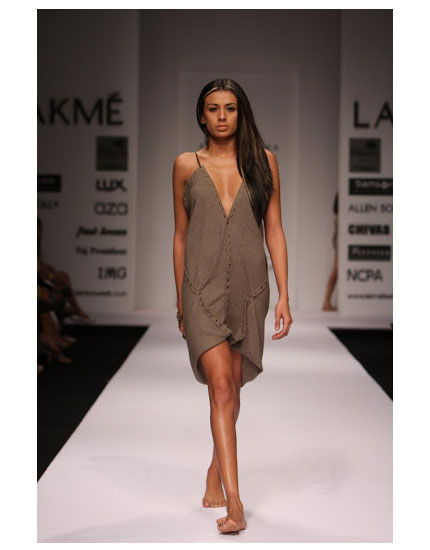
You have to choose your materials wisely…
While you can use just about any materials to make clothes using this technique, Anuj says lightweight silks and satins work best especially for drapes. Cottons and light mulmuls work for jackets. The rule of thumb is simple – the thicker the fabric, the thicker should be the buttons.
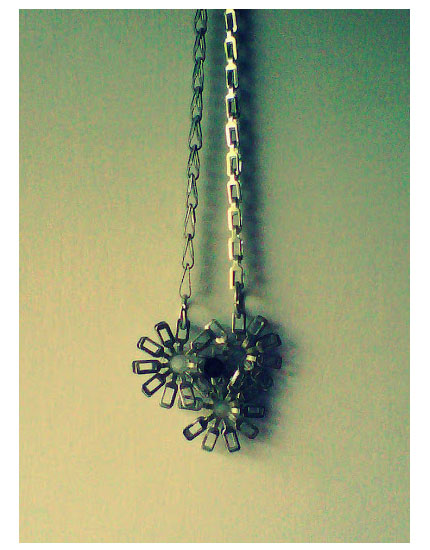
You don’t need to stick to just buttons…
Anuj advises experimenting and substituting the buttons for metals, glass, stones and so on. The only tip he has is to use rubber bands made from nylon (available at most local stores) as the normal ones can melt fast.

You don’t have to fear wardrobe malfunctions…
“I have clothes we’ve made over five years back and they are still perfectly wearable, even after being washed regularly either by hand or machine,” he says. “But if you find it getting loose, simply replace the rubber bands. In a pinch, you can even use thread to tighten them,” he says.

This technique isn’t just restricted to clothes…
“There has been many more explorations in terms of product development with the technique. It is possible to make not just clothes but accessories, curtains, cushion covers, bags, shoes, jewellery, furniture, and much more with the same method,” he asserts.
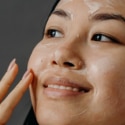








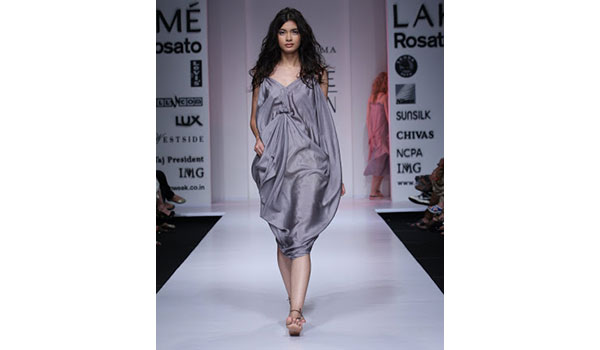

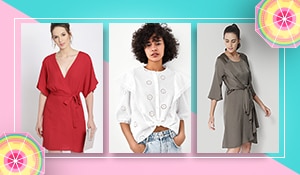
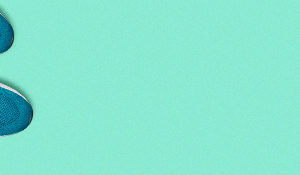
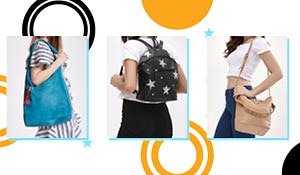
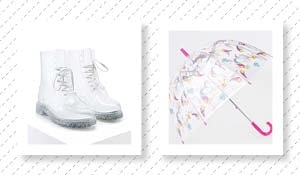

 Privacy Notice
Privacy Notice
Written by Faye Remedios on 13th Aug 2014